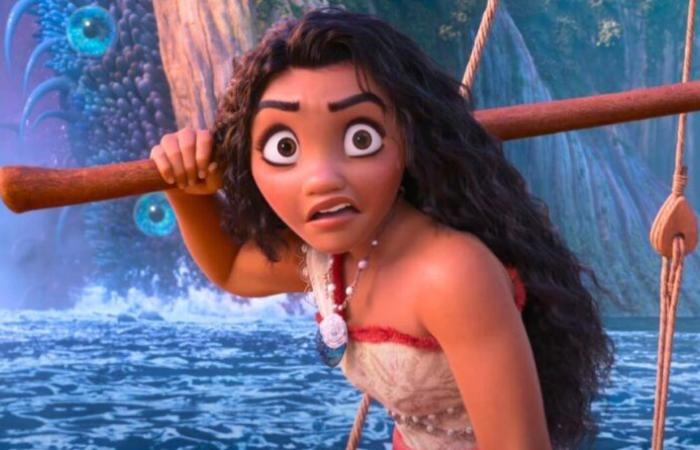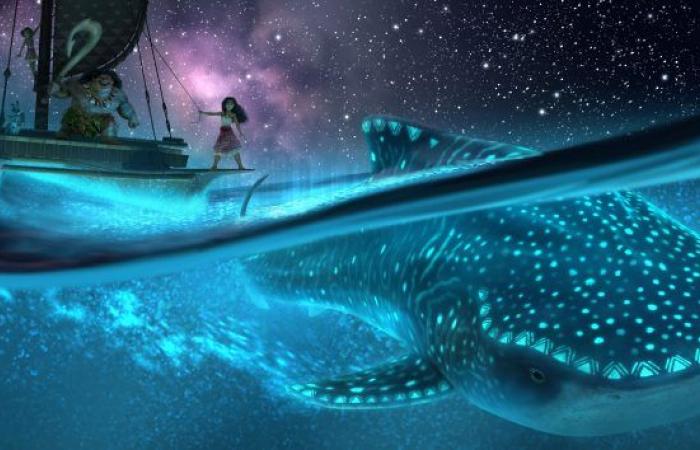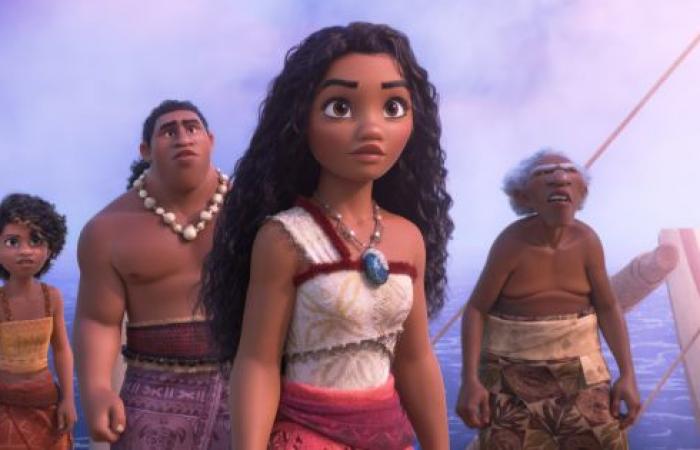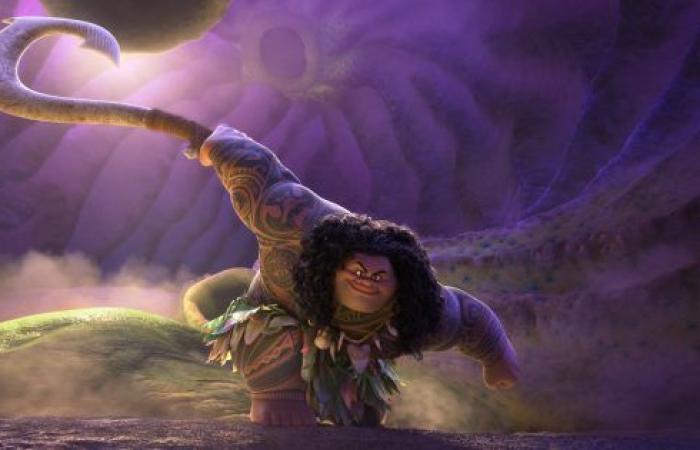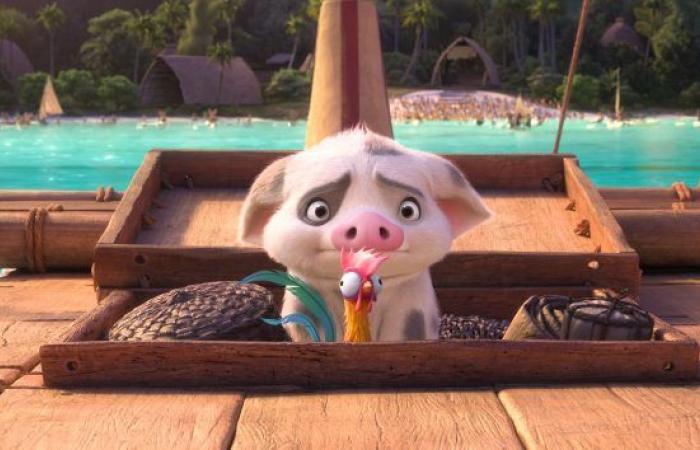Originally planned as a Disney+ series, Vaiana 2 experienced a particular production within the studio, the methods of which must be questioned.
Promised for a brilliant box office, Vaiana 2 could well become the biggest hit of 2024even exceeding the 1.7 billion dollars in revenue from Vice-Versa 2. Certainly, in 2016, the first part had already been a great success ($643 million), but the tidal wave announced for its sequel is justified above all by the second wind of the feature film by Ron Clements and John Musker on Disney+, where Vaiana has become one of the most viewed films in streaming history.
It is for this reason that originally, Vaiana 2 was designed as a series for the SVoD platform. The information was announced in 2020, when Bob Chapek took over as CEO of the multinational. But in 2022, the departure of Chapek and the return of Bob Iger as CEO of Disney changed the situation. Rather than making streaming the first shooting window of the project, the series Vaiana was transformed into a feature film to benefit from a real box office.
The idea seems obvious today given its expected success in theaters, although its serial origins constitute for us one of the film's major flaws in terms of writing. However, Above all, there is another, more serious problem behind this transition…
Vaiana 2: the green light of dollars
A little flashback. In August 2021, Disney, whose historic animation studio is located in Burbank, California, announces the opening of another studio for the beginning of 2022, this time in Vancouver, Canada. The idea is simple: while Burbank will continue to work on the firm's major feature films, Vancouver will take care of projects linked to Disney+, often less expensive and (a little) less well produced.
In itself, this split is reminiscent of the creation of Disney Television Animation in 1984, which rushed into the then emerging breach of the video market to produce a number of sequels at a discount, starting with The Return of Jafar. In this context, the series Vaiana was entrusted to David G. Derrick, storyboarder of the first opus, catapulted against his will to the position of co-director when the project changed its nature.
The problem is here: Vaiana 2 is the first project to come out of the Vancouver studioeven though the subsidiary was not even intended for this purpose at the start. Apparently, Burbank helped with the production of the feature film at the time of its change in direction (particularly on its pre-production), but most of the animation was done in Canada.
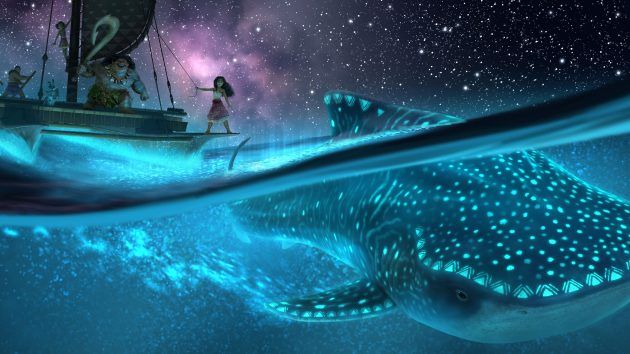
We could say that it is above all a difference in premises, except that Disney gains in the change. Indeed, Vancouver employees do not have a union, unlike their California counterparts. Concretely, this means significant savings for the parent company, and less “strict” compliance with the Labor Code. When we know that most animation studios (Disney and Pixar in the lead, as was the case recently with Vice-Versa 2) are already generating periods of unmanageable crunch for their teams of animators, and by extension a mess of burn-outs, the news is hardly reassuring.
In this case (and even if the rumor needs to be confirmed), it is very likely that Disney took advantage of the transition of Vaiana 2 to pay some of its animators the rate of a creation for television, and not for a feature-length cinema film, the costs of which are always higher.
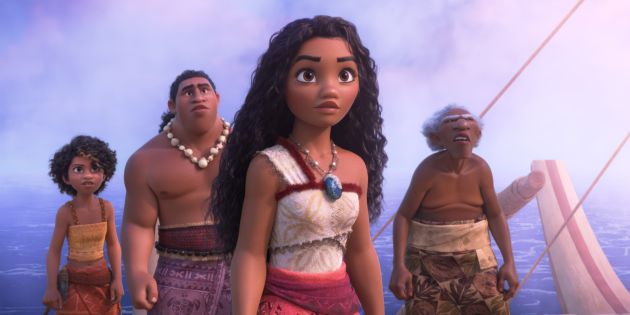
For men… and precariousness
Of course, we can always say that the final result does not seem too impacted by this questionable production. Vaiana 2 is technically very accomplished, but it also seems to be a test for Disney. By entrusting its 63rd animated classic to a secondary subsidiary, the studio is trying to delegate like in the era of its direct-to-video, just hoping that the public does not notice it too much. Given that the film is well on its way to destroying the box office at the end of the year, it is likely that their strategy proves them right in the worst possible way.
For the moment, the budget Vaiana 2 is estimated at around $150 million. The sum is already tidy, but we forget that the company's latest animated films, Avalonia et Wishcost 180 and 200 million respectively. We can understand that the multinational is seeking to lower the costs of its blockbusters. However, it is still the little hands allowing these films to exist who pay the price.
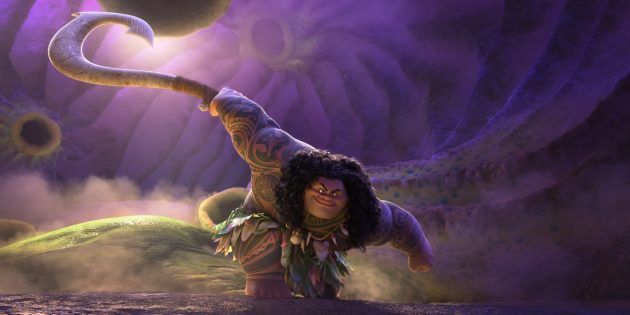
In the world of animation and visual effects, more and more testimonies are emerging regarding the hellish working conditions of the largest companies, which very often go hand in hand with a concern for economy. Having opened a studio in Vancouver which has not yet managed to unionize, Disney is only internally replicating an offshoring model that currently dominates the industry.
In the VFX field in particular, many tasks are entrusted to external structures (particularly in India), where salaries are much lower. Furthermore, attempts to unionize in North America or Europe are often blocked by this same threat: unionize, and we will outsource even more.
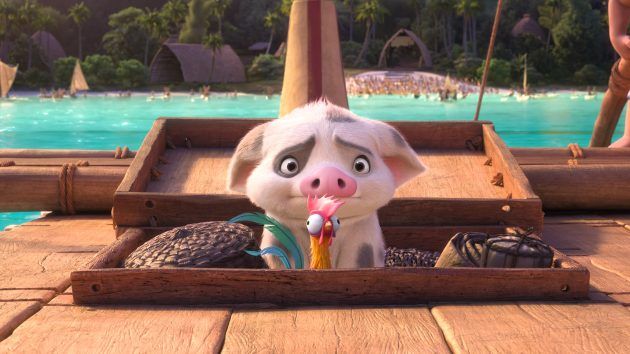
There is no doubt that in its own way, the production methodology of Vaiana 2 should initiate an upheaval within the animation studio, especially if the feature film becomes one of the biggest successes of the genre. As of this writing, the film has already set a record for a Disney animated film, with $13.8 million raised from its Tuesday previews alone in the United States.
For comparison, Vice-Versa 2 accumulated 13 million over the same period, for a total start of 154 million dollars. Supported by Thanksgiving and its 5-day long weekend, Vaiana 2 is well on its way to shattering previous records in this area, held by Frozen 2. Deadlinefor example, estimates that the film could target 175 million (and other experts even envisage 200 million) for the 5 days of Thanksgiving (where Frozen 2 had hit the 125 million dollars).
For the moment, this is an isolated case, and a bit particular, but it is difficult to believe that Disney will not seek to systematize it, while the entertainment sector has experienced an unprecedented crisis since Covid, and a strike in 2023 that tried to protect certain rights – particularly against the threat of AI. This transition from Burbank to Vancouver was intended to be discreet. It will nevertheless have a significant impact on the future of the multinational, especially if success is more than expected.

